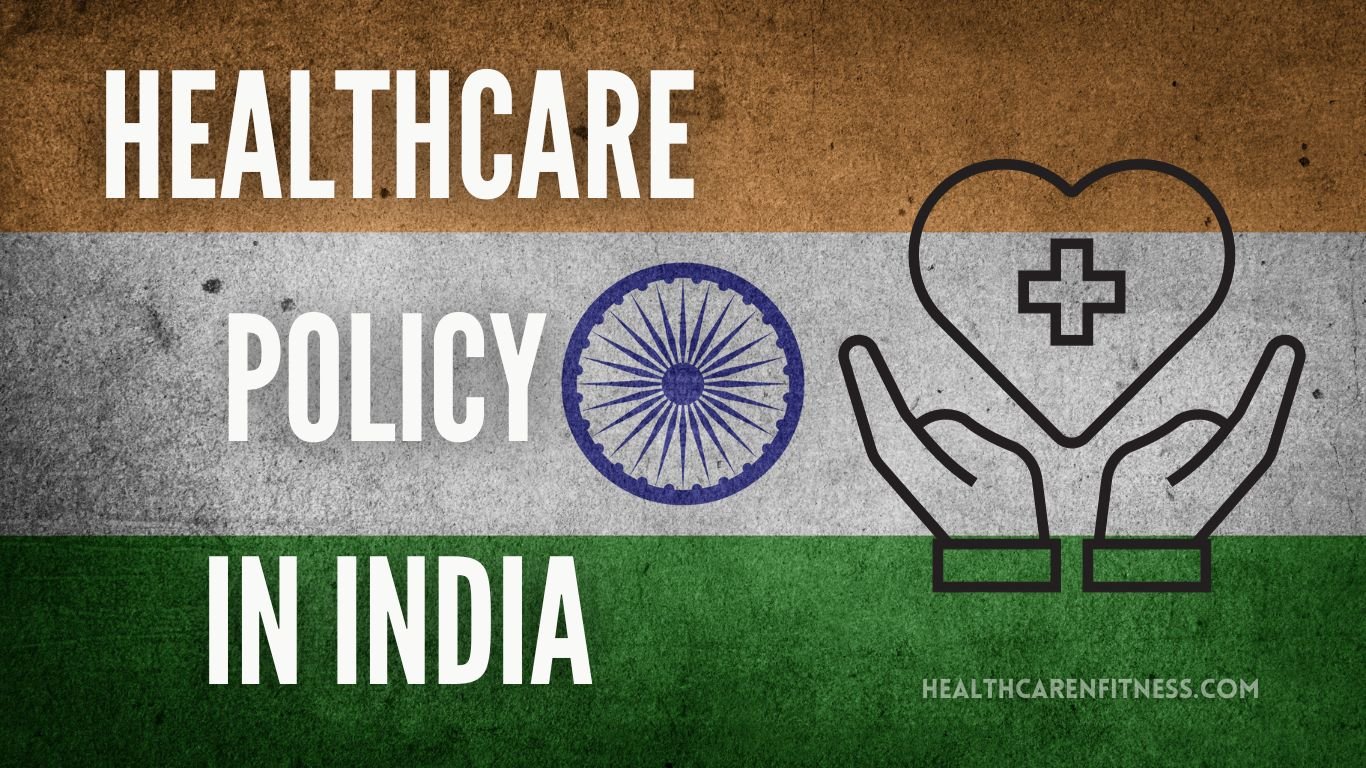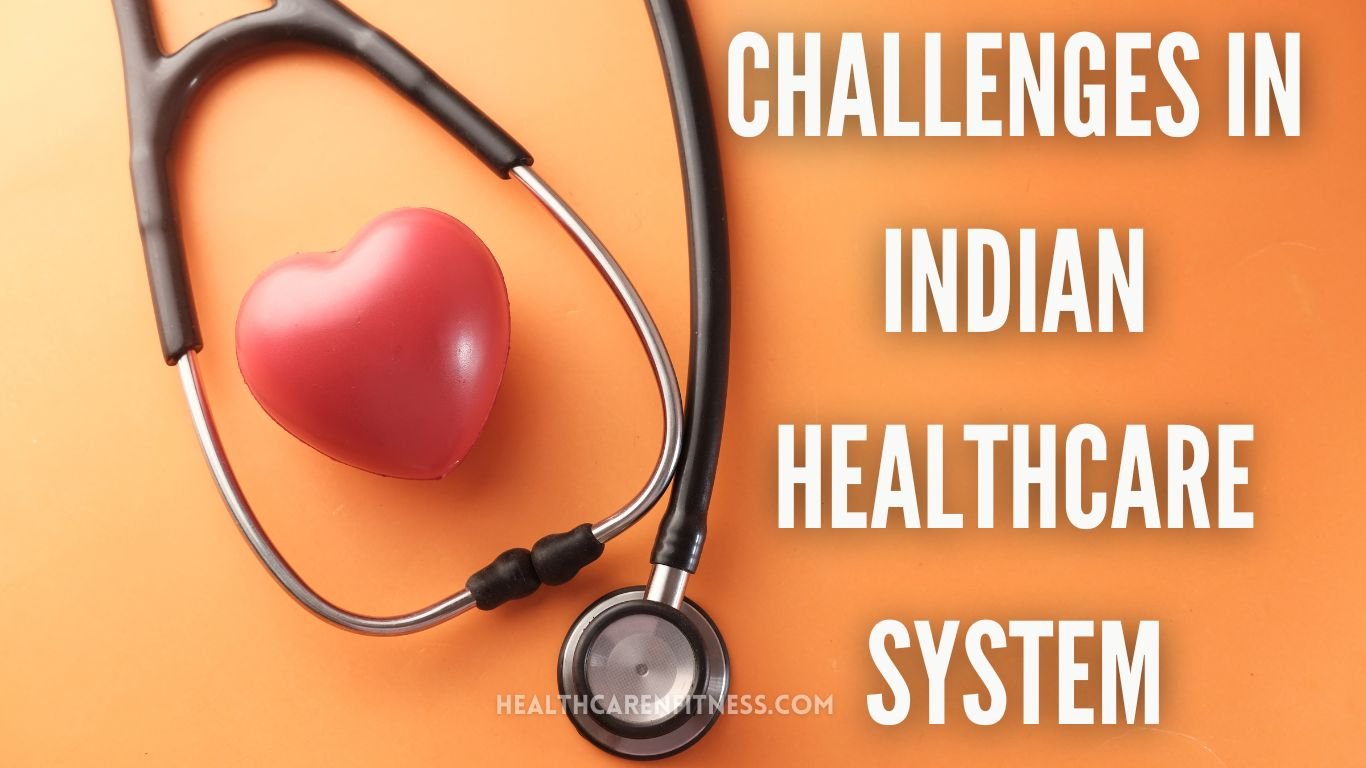
What is Healthcare Management ? – it is the administration or delivery of services to promote, maintain, or restore health. It consists of prevention, diagnosis, treatment, and management of illness, injury, and other health conditions. Healthcare Management can be provided or can be distributed through variety of settings, including hospitals, clinics, doctors’ offices, pharmacies, and homes.
Healthcare Policy in India

Healthcare policy in India is a structured framework of regulations, laws, and initiatives that govern and organize the provision of healthcare services across the nation. It outlines the roadmap for implementing healthcare programs that cater to the diverse needs of the population.
Overview of Healthcare Policy
Healthcare policy in India are made to ensure that essential healthcare services are readily available to all, irrespective of their socio-economic status. The policies focus on promoting healthcare infrastructure, addressing health disparities, and enhancing the quality of medical services.
Key Issues in Healthcare Policy
Despite the significant progress made in healthcare policy, several challenges persist. Accessibility, affordability, and the equitable distribution of healthcare services remain major concerns. The Indian government is actively working on resolving these issues to make healthcare accessible and affordable for every citizen.
Evolution of Healthcare System in India
Understanding What is Healthcare Management System
The healthcare system in India is a complex blend of public and private sectors. There has been drastic evolution of Healthcare System in India. The public sector, primarily managed by the government, aims to provide healthcare services at various levels, catering to different strata of society. On the other hand, the private sector focuses on quality healthcare and specialized medical services.
Different Levels of Healthcare Management in India
What is Healthcare Management? The answer to this question is not that simple. To understand this concept we must first throw light upon different levels that comes under the Umbrella of Healthcare Management. The Healthcare Management in India operates at multiple levels, ensuring a systematic approach to healthcare delivery. This includes:
- Primary healthcare centers (PHCs): PHCs are the first point of contact for people seeking healthcare services. They provide basic preventive and curative care, such as immunizations, health checkups, and treatment for common illnesses.
- Community health centers (CHCs): CHCs offer more comprehensive healthcare services than PHCs, including referral to higher-level facilities for specialized care.
- Tertiary care hospitals: Tertiary care hospitals are the apex of the healthcare system in India. They provide specialized medical treatment and advanced surgical procedures.
Areas of Healthcare Utilization
Healthcare services in India cover a diverse range of areas to address the varied health needs of its population. These areas include:
- Preventive care: Preventive care covers a range of interventions aimed at preventing diseases and promoting good health. This includes immunization, health education, and screening for chronic diseases.
- Primary healthcare: Primary healthcare is the foundation of the healthcare system and provides essential services for the prevention, diagnosis, and treatment of common illnesses and injuries. It also includes referral to higher-level facilities for specialized care.
- Secondary care: Secondary care hospitals provides more specialized medical and surgical services than PHCs and CHCs. They typically have a wider range of diagnostic and treatment facilities, and may also offer in-patient services.
- Tertiary care: Tertiary care hospitals are the apex of the healthcare system and provide the highest level of medical care. They typically have specialized departments and teams of experts to treat complex medical conditions and perform advanced surgical procedures.
- Other areas of healthcare utilization in India include:
- Maternal and child health
- Mental health
- Non-communicable diseases (NCDs)
- Communicable diseases
What is the conclusion for Healthcare policy in India
The healthcare system in India is continually evolving to adapt to the changing needs and demands of its population. The government and various stakeholders are working tirelessly to bridge gaps and create a more inclusive and effective healthcare system. The goal is to provide accessible and affordable healthcare services across the nation, ensuring a healthier and happier populace.
Opportunities and Challenges in the Indian Healthcare System

Increasing Healthcare Investment
The government of India needs to increase its investment in healthcare to improve access to quality services, especially for the poor and vulnerable. This investment can be used to improve healthcare infrastructure, expand the workforce, and make healthcare more affordable.
Public-Private Partnerships
Public-private partnerships can play a vital role in improving healthcare infrastructure and expanding access to quality services. For example, the Indian government has partnered with private companies to build and operate hospitals and clinics in rural areas.
Technology-Enabled Healthcare
Technology can be used to improve the efficiency and effectiveness of healthcare delivery. For example, telemedicine can be used to provide healthcare services to people living in remote areas. Additionally, electronic health records (EHRs) can be used to improve the coordination of care and reduce medical errors.
Climate Change and Healthcare
The Indian government and various stakeholders need to take climate change into account when planning for future healthcare needs. This includes investing in infrastructure that can withstand extreme weather events and developing strategies to prevent and control the spread of vector-borne diseases.
FAQs
Q1: What is the difference between public and private healthcare in India?
Public healthcare in India is provided by the government and is free or available at a subsidized cost. Private healthcare, on the other hand, is provided by private companies and is typically more expensive than public healthcare.
Q2: What are the challenges to accessing healthcare in India?
Some of the challenges to accessing healthcare in India include:
- Uneven distribution of healthcare resources: Urban areas have better access to quality healthcare services than rural areas. Additionally, there are significant disparities in healthcare access across different socio-economic groups.
- Rising healthcare costs: Healthcare costs have been rising steadily in recent years, making it difficult for many people to afford essential medical care. This is especially true for low-income families and those living in rural areas.
- Shortage of healthcare professionals: India has a shortage of healthcare professionals, especially doctors and nurses. This can lead to long wait times for appointments and overcrowded hospitals.
Q3: What are the government’s initiatives to improve healthcare in India?
The government of India has launched a number of initiatives to improve healthcare in the country, including:
- Ayushman Bharat Pradhan Mantri Jan Arogya Yojana (AB-PMJAY): AB-PMJAY is the world’s largest health insurance scheme, providing financial coverage for secondary and tertiary care hospitalization to over 100 crore poor and vulnerable Indians.
- National Health Mission (NHM): NHM is a flagship government program that aims to improve access to quality healthcare services for all, especially those living in rural areas.
- Health and Wellness Centres (HWCs): HWCs are one-stop shops for comprehensive primary healthcare services, including preventive care, screening, and treatment.
Q4: How can I improve my own health and well-being?
There are many things you can do to improve your own health and well-being, including:
- Eat a healthy diet: Providing your body with a nourishing diet is fundamental to sustaining optimal health. Prioritize ample portions of fruits, vegetables, and whole grains while minimizing processed foods, sugary beverages, and detrimental fats in your consumption.
- Get regular exercise: Exercise is another important component of good health. Do at least 30 mins of exercise, most days of the week.
- Get enough sleep: Sleep is essential for physical and mental health. Get adequate 7-8 hours of sleep each night.
- Manage stress: Stress has a negative impact on your health. Discover effective methods to manage stress in a healthy manner, such as engaging in exercise, practicing yoga, or incorporating meditation into your routine.
- Avoid unhealthy habits: Smoking, excessive alcohol consumption, and drug use can all have a negative impact on your health. Avoid these unhealthy habits to improve your health and well-being.
Q5: What is the future of healthcare in India?
The future of healthcare in India is promising. The government is investing heavily in healthcare and various stakeholders are working to improve the quality and accessibility of healthcare services. Additionally, technology is playing an increasingly important role in healthcare delivery.
With these positive developments, it is likely that healthcare in India will continue to improve in the coming years. However, there are still challenges that need to be addressed, such as the uneven distribution of healthcare resources and the shortage of healthcare professionals.
Conclusion
The healthcare system in India is complex and evolving. While there have been significant strides in recent years, there are still challenges to be addressed. The government, private sector, and other stakeholders are working together to improve access to quality healthcare services for all Indians.

